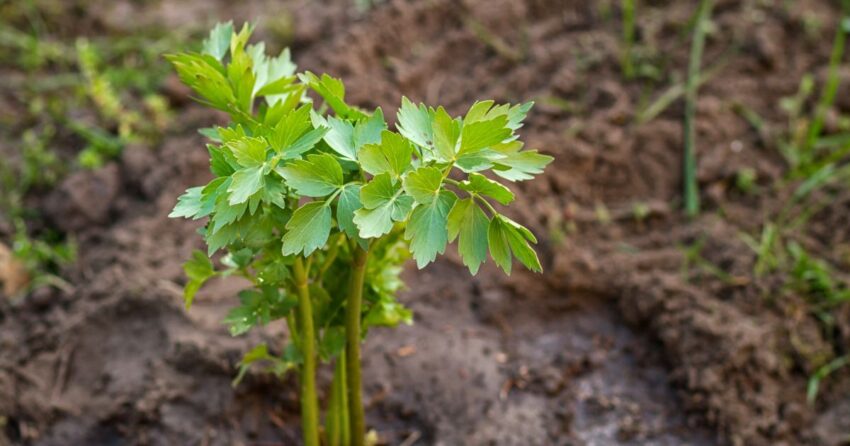Gardening enthusiasts and culinary adventurers, listen up! If you’re on a quest to diversify your garden and elevate your culinary skills, look no further than lovage. Lovage (Levisticum officinale) is a versatile and underappreciated herb that can add a burst of flavor and greenery to your garden and kitchen. In this comprehensive guide, we’ll explore everything you need to know about growing and using lovage to unlock its full potential.
Growing Lovage
- Choosing the Right Location:
Lovage is a hardy perennial herb that thrives in a sunny or partially shaded location. Select a spot with well-draining soil and plenty of room, as lovage can grow quite tall and bushy.
- Planting Lovage:
Lovage can be grown from seeds or purchased as young plants. Plant seeds in the spring, about 1/4 inch deep, and keep the soil consistently moist until the seedlings emerge. If using young plants, space them at least 24 inches apart to allow for their impressive growth.
- Watering and Maintenance:
Lovage appreciates regular watering, especially during dry spells. Keep the soil evenly moist but avoid waterlogging. Mulch can help retain moisture and suppress weeds. This herb requires little to no fertilization.
- Pruning and Harvesting:
Prune lovage to encourage bushy growth and prevent it from becoming leggy. Regularly harvesting the leaves will also promote a fuller plant. Harvest the leaves when they are young and tender for the best flavor.
Using Lovage in the Kitchen

Lovage offers a unique flavor profile that can be described as a blend of celery and parsley, with hints of anise. Here are some delightful ways to incorporate lovage into your culinary creations:
- Fresh Lovage Leaves:
- Add fresh lovage leaves to salads for a burst of flavor and a refreshing twist.
- Use finely chopped lovage leaves as a garnish for soups and stews to enhance their aroma and taste.
- Lovage Pesto:
- Substitute lovage for basil in your pesto recipe for a unique and savory twist on this classic sauce.
- Flavorful Seasoning:
- Dry lovage leaves and grind them to create lovage powder. Use it as a seasoning for various dishes, including roasted meats, vegetables, and sauces.
- Herb Butter:
- Combine chopped lovage leaves with softened butter to make lovage-infused butter. Spread it on bread or use it to baste grilled or roasted dishes.
- Lovage Tea:
- Make a soothing lovage tea by steeping fresh or dried lovage leaves in hot water. It’s believed to have digestive and calming properties.
Health Benefits of Lovage
Aside from its culinary uses, lovage also boasts several potential health benefits:
- Digestive Aid: Lovage has been traditionally used to ease digestive discomfort and bloating.
- Antioxidant Properties: It contains antioxidants that may help combat free radicals in the body.
- Anti-Inflammatory: Lovage may have anti-inflammatory properties, making it beneficial for individuals with inflammatory conditions.
- Rich in Nutrients: It’s a good source of vitamins, including vitamin C and vitamin A, as well as minerals like potassium and calcium.
Conclusion
Lovage is a versatile and easy-to-grow herb that can elevate your culinary endeavors and offer potential health benefits. By following the simple steps for cultivation and exploring various culinary uses, you can harness the full potential of this underappreciated herb. Whether you’re a seasoned gardener or a novice cook, lovage is a delightful addition to any garden and kitchen, waiting to be discovered and enjoyed. So, roll up your sleeves, get your hands dirty, and let lovage become the star of your culinary adventures.

Read also: 10 Perennial Herbs to Plant Once and Enjoy for Years




